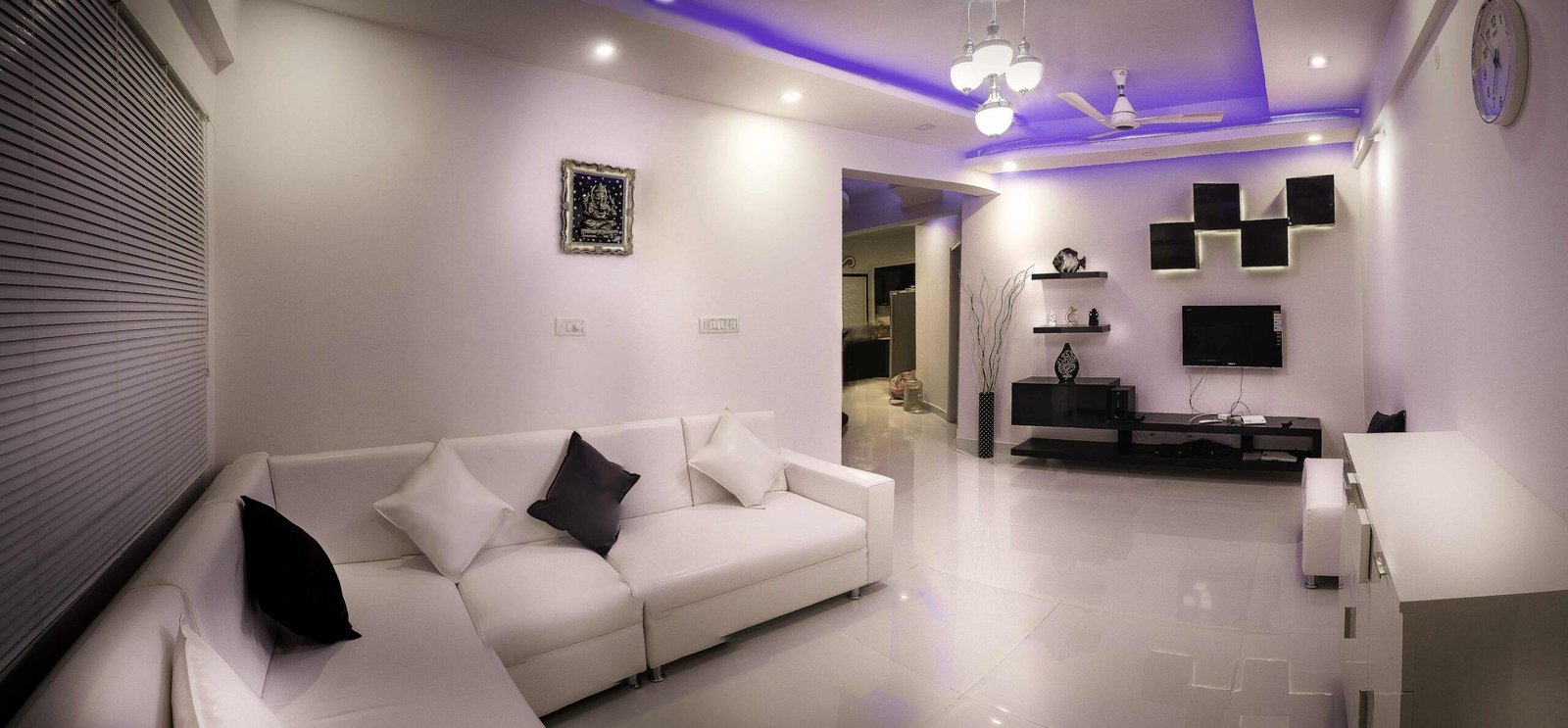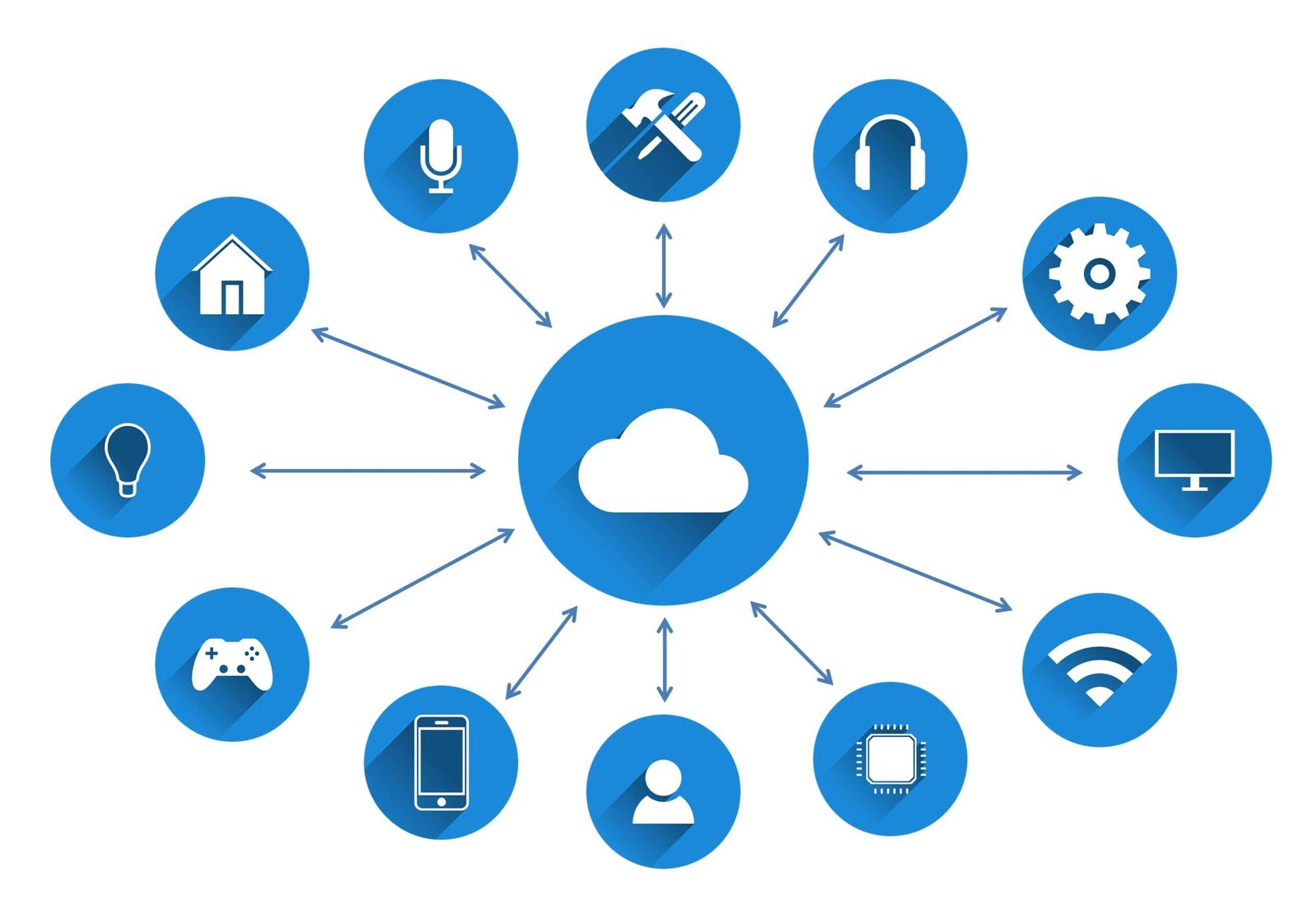VRV/VRF Systems Work with Home Automation: Enhancing Comfort and Energy Efficiency

VRV (Variable Refrigerant Volume) or VRF (Variable Refrigerant Flow) systems are advanced heating, ventilation, and air conditioning (HVAC) solutions known for their flexibility and energy efficiency. When integrated with home automation systems, VRV/VRF systems offer even greater control, comfort, and energy savings. In this write-up, we will explore how VRV/VRF systems work with home automation and the benefits they provide.
VRV/VRF System Overview:
VRV/VRF systems utilize refrigerant as the heat transfer medium, eliminating the need for extensive ductwork. These systems consist of an outdoor unit, indoor units located in different zones or rooms, and a refrigerant piping network connecting them.
Individual Zone Control:
One of the key advantages of VRV/VRF systems is their ability to provide individualized temperature control for each zone or room. Each indoor unit can be independently controlled, allowing occupants to set their desired temperature and fan speed in different areas of the home.
Communication with Home Automation:
VRV/VRF systems can be integrated into home automation systems through various protocols such as BACnet, Modbus, or KNX. This integration enables seamless communication between the HVAC system and other automation components, including temperature sensors, occupancy sensors, and centralized control panels.
Centralized Control:
Home automation systems provide centralized control interfaces that allow users to monitor and control their VRV/VRF systems from a single location. Through touch panels, smartphone apps, or voice assistants, homeowners can adjust temperature settings, fan speeds, and even schedule HVAC operations according to their preferences.
Energy Efficiency and Optimization:
When VRV/VRF systems are integrated with home automation, energy efficiency is further enhanced. By utilizing occupancy sensors and smart algorithms, the automation system can optimize HVAC operations based on room occupancy, natural lighting conditions, and time schedules. This ensures that energy is only consumed when needed, resulting in significant energy savings.
Smart Demand Response:
VRV/VRF systems integrated with home automation can participate in demand response programs. During peak energy demand periods, the automation system can adjust temperature setpoints or limit the operation of specific zones, helping to reduce overall energy consumption and support grid stability.
Monitoring and Analytics:
Home automation systems provide real-time monitoring and data analytics capabilities for VRV/VRF systems. Homeowners can track energy usage, temperature patterns, and system performance to identify opportunities for further optimization and potential maintenance needs.
Comfort and Air Quality:
Integrating VRV/VRF systems with home automation allows for enhanced comfort and air quality control. The automation system can adjust temperature and ventilation settings based on occupancy or air quality sensors, ensuring optimal indoor conditions and minimizing energy wastage.
In summary, integrating VRV/VRF systems with home automation offers numerous benefits, including individual zone control, centralized management, energy efficiency, demand response capabilities, and improved comfort and air quality. By leveraging the power of automation, homeowners can optimize their HVAC operations, reduce energy consumption, and enjoy personalized comfort in every room of their home.




